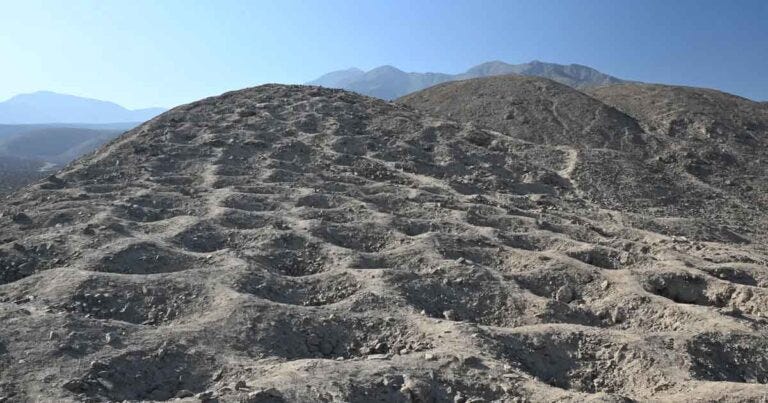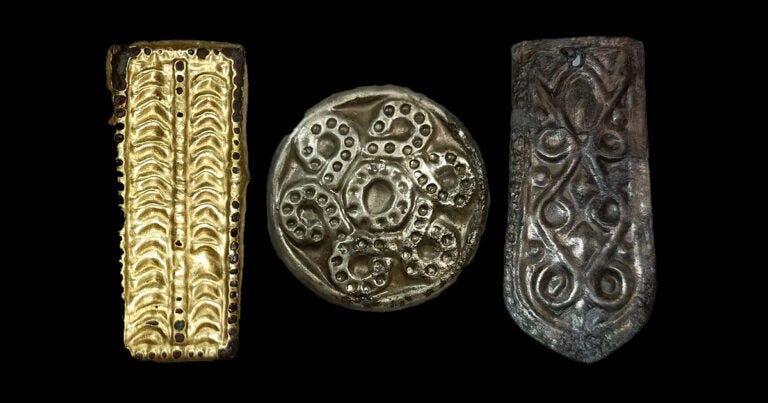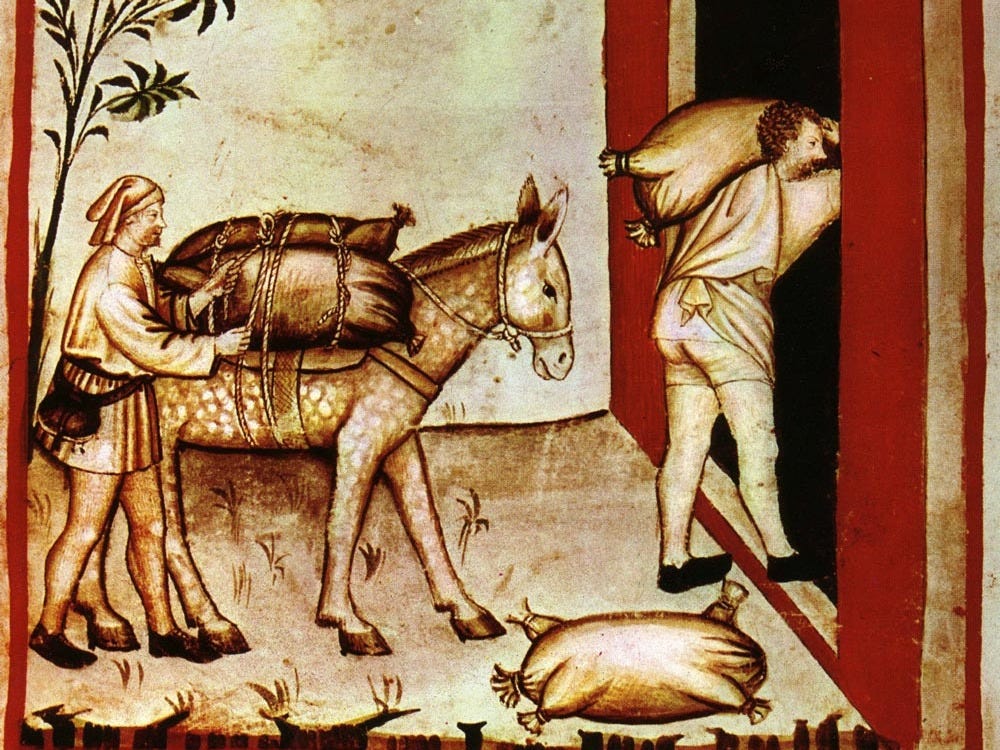Two shipwrecks maintain their presence in Costa Rica’s Cahuita National Park beneath its turquoise waters as coral reefs dance with tropical fish that have graced the ocean floor for more than three hundred years. For numerous decades fishers from the area shared stories about pirate galleons whose broken pieces suggested battles which occurred long ago. Marine archaeologists explored Caribbean waters in 2023 to find proof which debunked the pirate ship speculation by revealing these vessels as slave ships. These two vessels Fridericus Quartus and Christianus Quintus sailed as Danish slave ships before sinking to their fate in 1710 as they transported hundreds of enslaved Africans to servitude. The Danish National Museum identification ended up both rewriting maritime history and producing excitement for a Costa Rican community about their ancestral roots. These wrecks contain hidden secrets which establish a continuous link between the two countries across historical periods.
In 2015 American archaeologists detected strange yellow bricks during their exploration near the Costa Rican southern Caribbean coastline. The discovered brick blocks originated from clay deposits located at Flensburg Fjord during the 18th century as part of Danish colonial activities. The underwater excavation started in 2023 through joint efforts between the National Museum of Denmark and the Viking Ship Museum in Roskilde and the Costa Rican authorities to reveal this disturbing tale.

Through their efforts Marine archaeologists David Gregory and Andreas Kallmeyer Bloch started the expedition by diving into shallow water at Cahuita National Park to investigate the shipwrecks distributed along the seabed. The researchers used their equipment alongside careful techniques to gather the burned timber samples from oaks alongside yellow brick pieces along with fragile clay pipes. The team at University of Southern Denmark determined the oak trunk originated from an area across the western Baltic Sea including Germany and Sweden and Denmark before being cut down somewhere between 1690 to 1695. The clay pits of Flensburg produced the distinctive signs detected on the discovered bricks. Clay pipes discovered on board dating from just before 1710 displayed the delicate features that captured the brief rest period of a sailor at sea.
The evidence was undeniable. According to Gregory this analysis proved beyond doubt that the findings were correct as he stated in a National Museum press release. The ship’s burnt timbers match historical records that describe a burn incident while the bricks show clear Danish properties. Both ships have been scientifically identified as the Fridericus Quartus and Christianus Quintus.” For Bloch the archaeological mission defined his career path. At that moment he admitted to having almost quit the endeavor but called this experience the most adventurous excavation he had ever participated in. The discoveries extend beyond Danish history because they directly connect to the people in Costa Rican territory.
The Fridericus Quartus and Christianus Quintus departed from Copenhagen during December 1708 to transport Africans to Danish West Indies plantations under a dark purpose. The transatlantic voyage carried goods including weapons, textiles, and metal components, which they planned to use for trading Africans on the West African coast to transfer to Caribbean plantations for labor. But fate intervened. Archival evidence reveals how the ships encountered destruction off Costa Rica’s coastlines in 1710 after their crew members mutinied, navigational errors led them far off course, and their supplies ran short. The Fridericus Quartus experienced fires that destroyed it before it sank into the ocean, while the Christianus Quintus found destruction when its anchor rope was deliberately cut during the mutiny, causing it to crash into coral reefs.
Survivors of enslavement escaped from the sunken ships, but about 100 individuals were recaptured to labor on local cacao plantations. Historical documentation shows that while many enslaved Africans escaped from the sunken ships, approximately 100 survivors were taken into captivity by local cacao plantation owners. Descendants from these shipwrecks make up the Afro-Caribbean members of Limón Province who settled in Costa Rica before official narratives or written documentation. The recovery of these sunken ships has established a whole new historical account.
This revelation carries profound weight. Local legends throughout the centuries believed the wrecked ships to be pirates when actually those remains were scattered at sea. Science combined with community partnership revealed real findings that prove the persistence of survivor populations who formed Costa Rica’s multicultural heritage. The discoveries show how Denmark operated as a significant participant in the Atlantic slave trade, although larger entities receive more attention historically.

The discovery has established a joint historical connection that spans the distances between Denmark and Costa Rica. The discovery rises as an occasion for Denmark to face historical events that brought them immense distress. The highly preserved Fridericus Quartus shipwreck in the Caribbean gives archaeologists one of the rare opportunities to study 18th-century Danish shipbuilding practices and the ambitions of colonial expansion. The Njord research center at the National Museum continues its mission to conduct worldwide Danish wreck excavations to reach a deeper knowledge of these shipwrecks.
Costa Rica carries the most direct effects from the discoveries. The wrecks rest inside the biodiversity sanctuary that is Cahuita National Park which serves as both habitat and cultural protection zone. The youth divers of the local community under Ambassadors of the Sea leadership completed this project which combined academic research practices with individual identity development. The decade of work documented by Enslaved as presented in its 2020 documentary series with Samuel L. Jackson eventually attracted worldwide recognition to their history. The discovery contradicts official history records by proving that Afro-Costa Ricans settled in Limón during 1710 and it expands the local story.
The preserved wrecks function as tangible monuments that honor the tragedies faced by human beings. The future of the remains will be decided by Costa Rica while they strive to protect them with dignity for the enslaved individuals who lived there. Through their partnership with Danish institutions along with local NGOs and Costa Rican institutions archaeologists established a model approach to culturally-sensitive practice which gives ancestral communities an active role.
Header Image: Costa Rican shipwreck underwater exploration is documented by marine archeologist Andreas Kallmeyer Bloch. Flensburg bricks stand out with their yellow color in the photograph as well as sections of the ship’s more than 300-year-old wood have been exposed in the excavation pit. Photo: John Fhær Engedal Nissen, The National Museum of Denmark.
Sources
The National Museum Confirms: Shipwrecks in Costa Rica Are Danish Slave Ships – https://via.ritzau.dk/pressemeddelelse/14369930/the-national-museum-confirms-shipwrecks-in-costa-rica-are-danish-slave-ships?publisherId=13560791&lang=da
Centuries-Old Shipwrecks in Costa Rica Identified as Danish Slave Ships
– https://arkeonews.net/centuries-old-shipwrecks-in-costa-rica-identified-as-danish-slave-ships/
Centuries-old Danish slave shipwrecks discovered off Costa Rica’s coast
– https://www.jpost.com/archaeology/article-852592
















